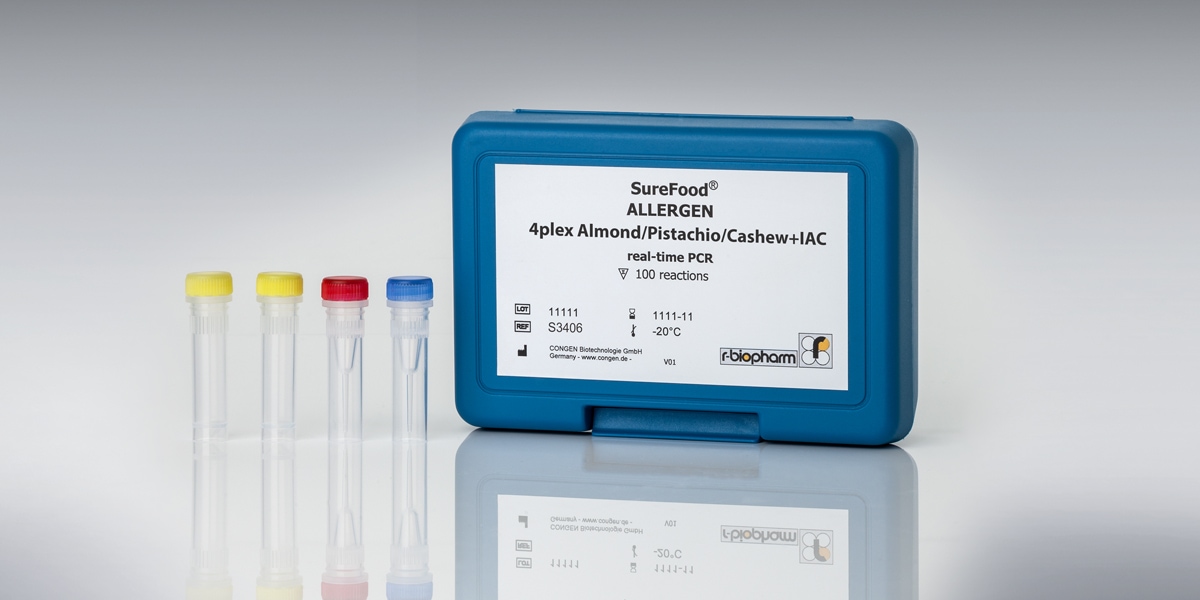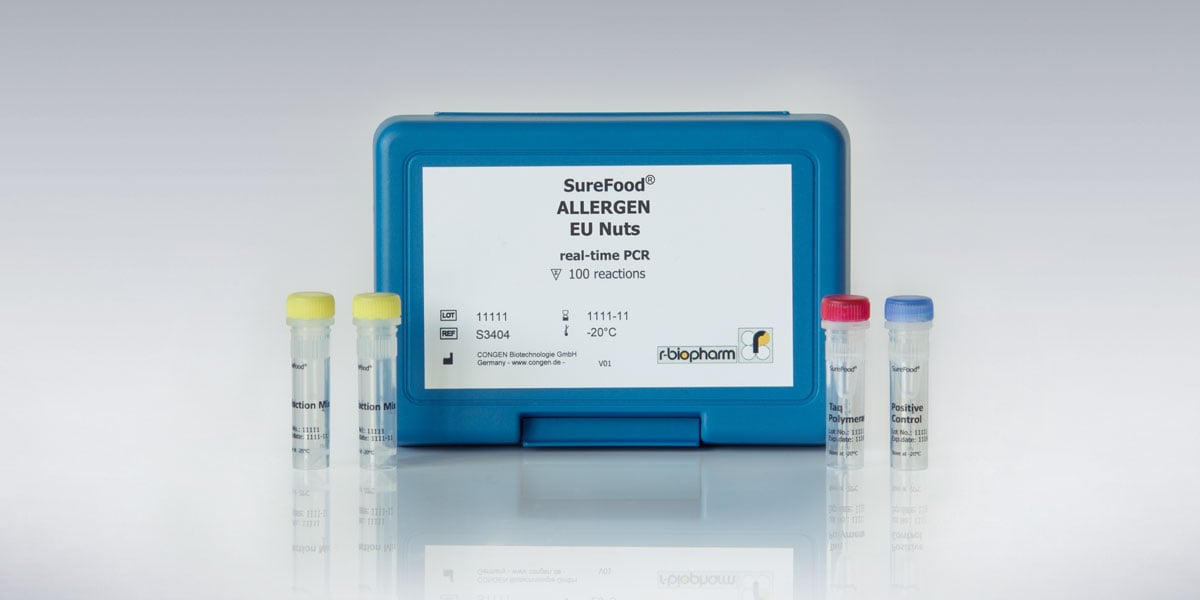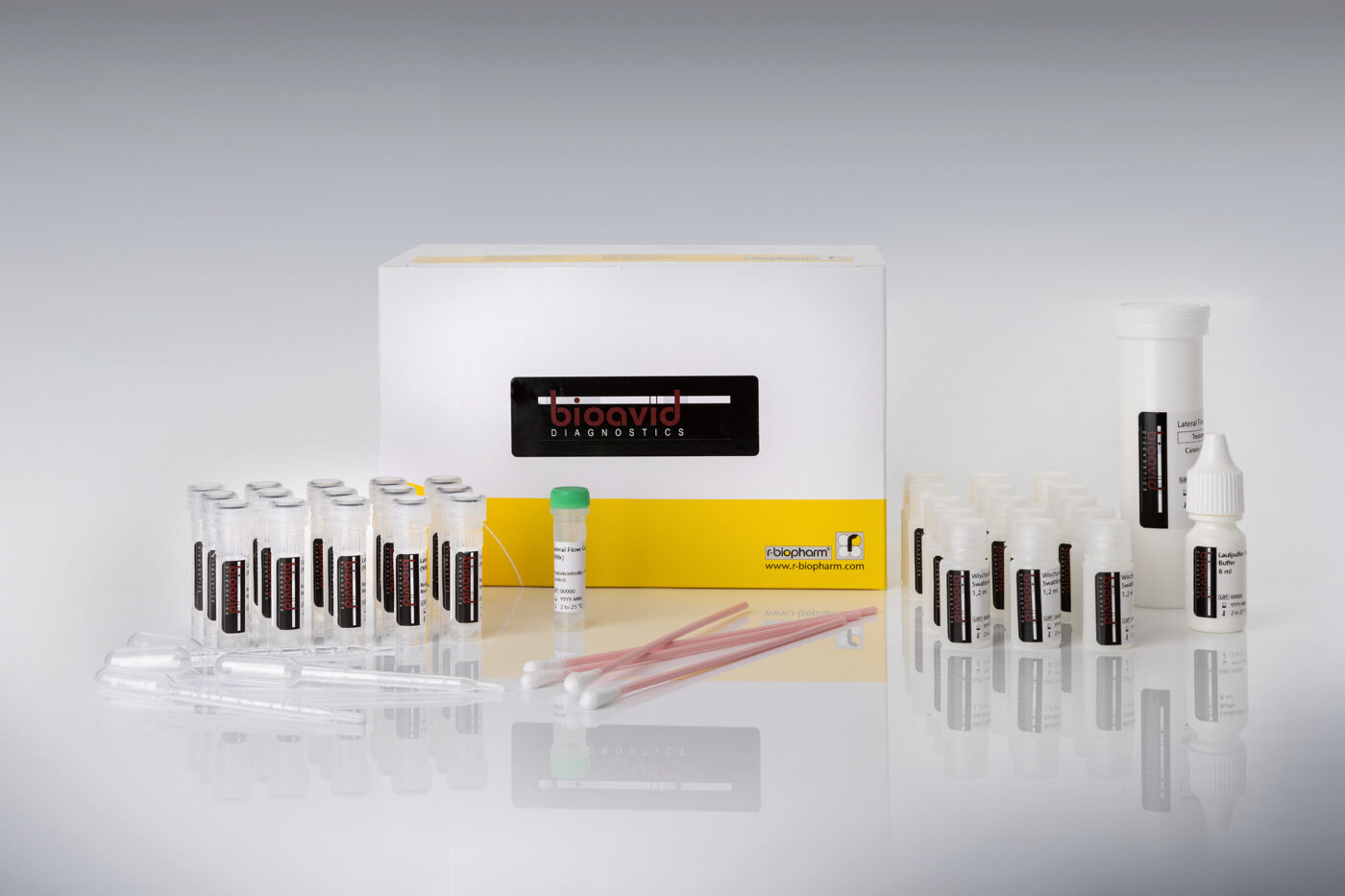
News
Recent news in Food & Feed Analysis
- Home
- /
- Allergen analysis: New challenges,...
Analytes
Allergen analysis: New challenges, new chances

Food allergens are in the focus of two upcoming events: The 2nd Food Allergen Management Symposium (FAMS 2017) which will start on Sunday in Australia, and shortly thereafter the Free From Food Expo in Spain. We have summarized the latest industry trends and the resulting challenges for food analysis.
The trend remains unbroken: More and more people are buying gluten-free, lactose-free or other “free from” food – even if they are not suffering from food intolerance. According to a BBC report, more than half of the British people bought a „free from“ product during the last three months. Correspondingly, the range of “free from” food products is growing. Last year, a record 12 % of all new products launched in Europe were labelled “gluten-free”. The “lactose-free” category is also growing very rapidly. It is estimated that the global retail sales of lactose-free products will rise from about 25 million EUR in 2016 to about 47 million EUR by 2020. And the „free from“ trend is not only about allergens: Consumer demand for vegan, sugar-free or GMO-free food products is increasing. This has consequences for food analysis: More and more products need to be tested for allergens or other ingredients.
More efficient analyses with rapid tests and automation
Performing an increasing number of analyses in a shorter time is a challenge for many companies. Easy-to-use rapid tests for allergen analysis are therefore in demand. Lateral flow tests combine a complete test system on a single membrane strip and allow to detect, for example, gluten in only five minutes. Yet, an increasing number of food products combine several characteristics: They are, for example, not only advertised as gluten-free, but also as lactose-free. It is therefore desirable to test multiple allergens in a single step. This is made possible by automation: ELISA instruments such as ThunderBolt® are able to process two microtiter plates simultaneously.
Increasing number of recalls requires improved methods
Unintentional contamination with allergens during production and transport remains a major problem for manufacturers. Another issue is food fraud: A lot of money can be made by substituting one ingredient for a cheaper one. This may be fatal for allergy sufferers, for example, if peanuts get into a bag of almonds. Undeclared allergens are the leading cause of food recalls. To avoid recalls, allergen management must be further improved. One major problem in allergen analysis is the lack of suitable reference material, making it difficult to validate and calibrate analytical methods. However, this has changed now: Since January, the first validated reference material for allergens from MoniQA is available. The product range for milk analysis includes both a positive and a negative control as well as two naturally contaminated samples with different concentrations of milk protein. Further reference material for gluten and soy will follow.
Do you have further questions concerning allergen analysis? We will be happy to support you!



